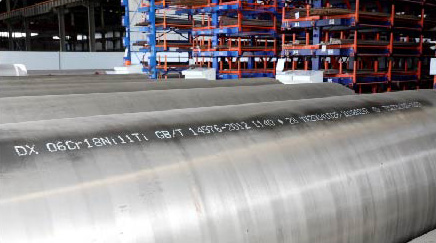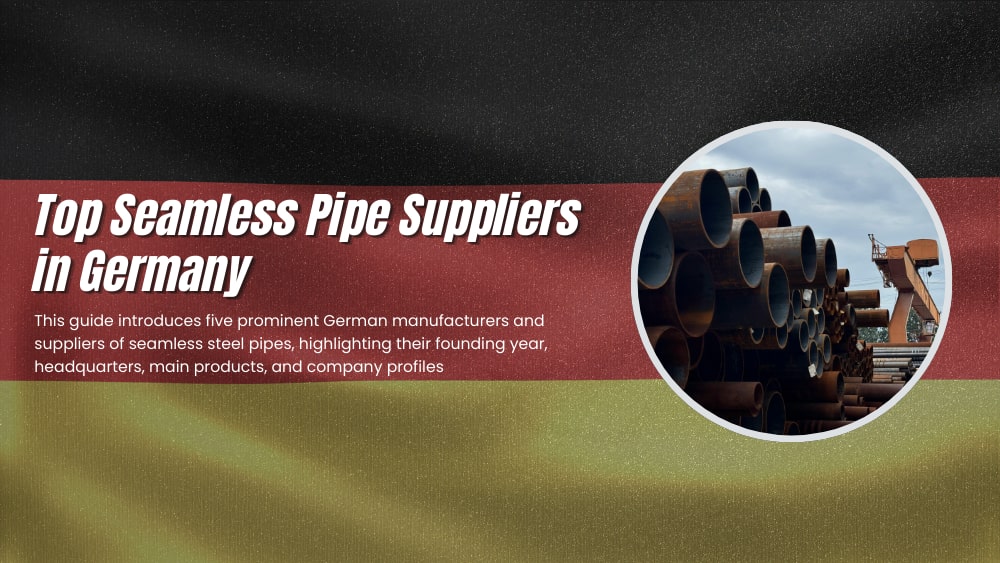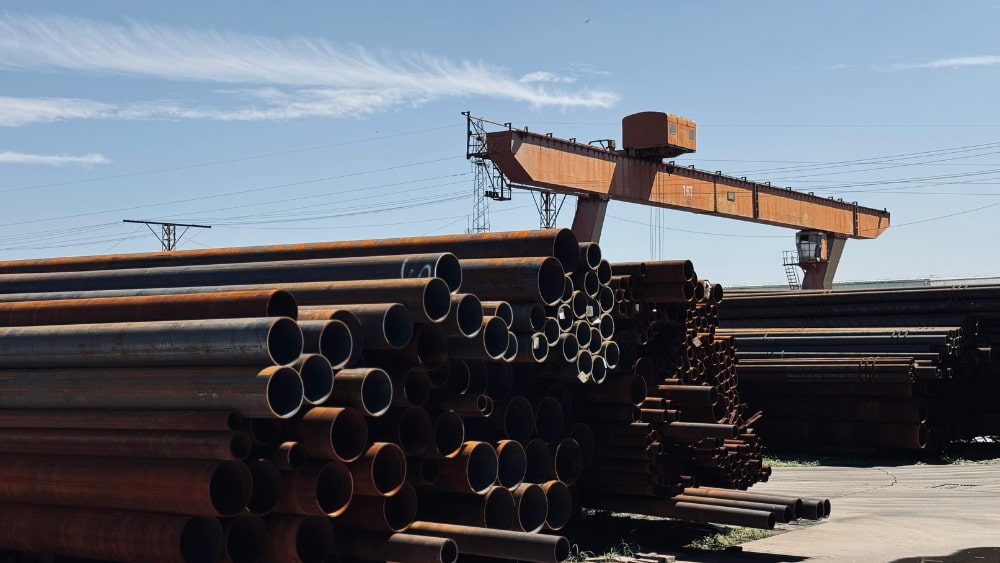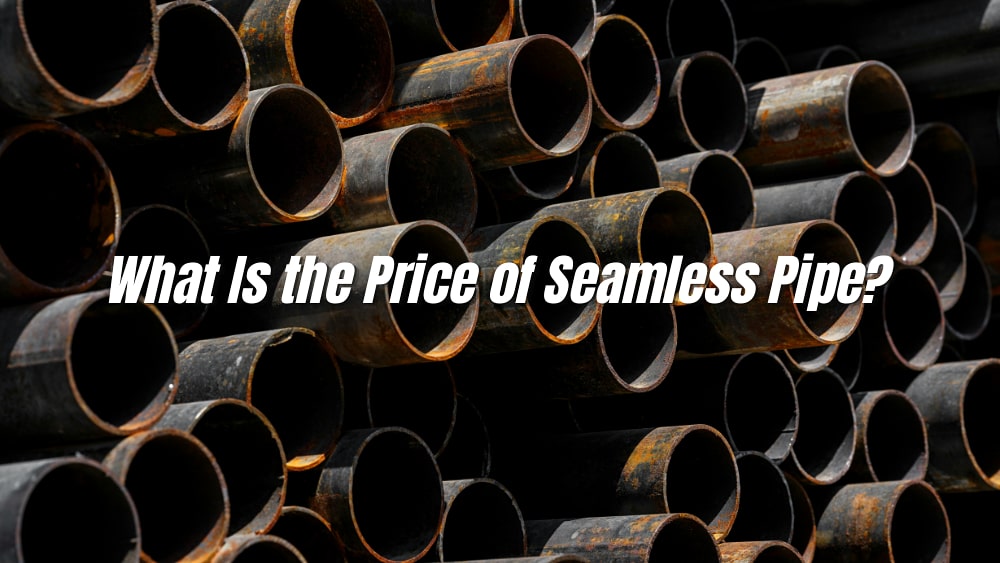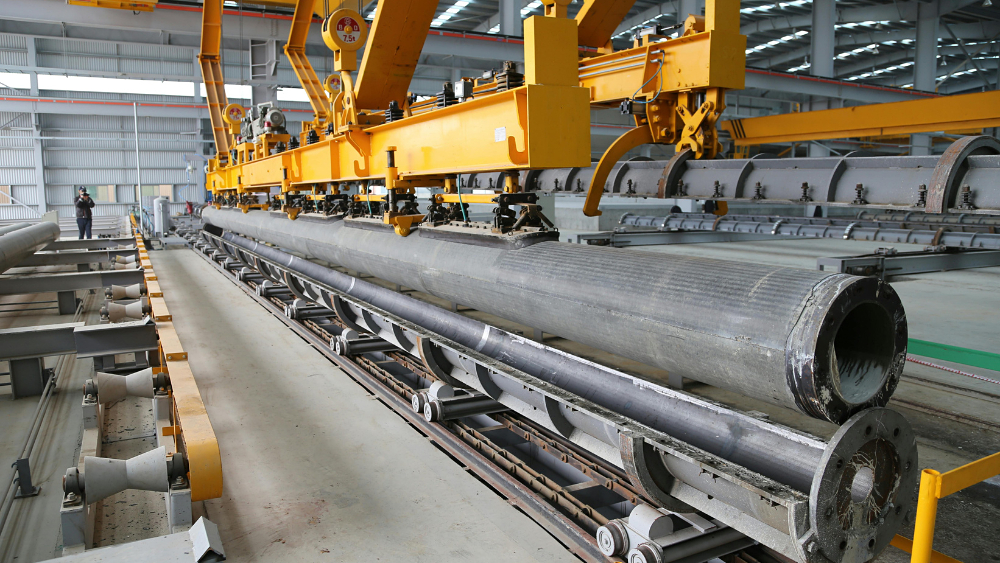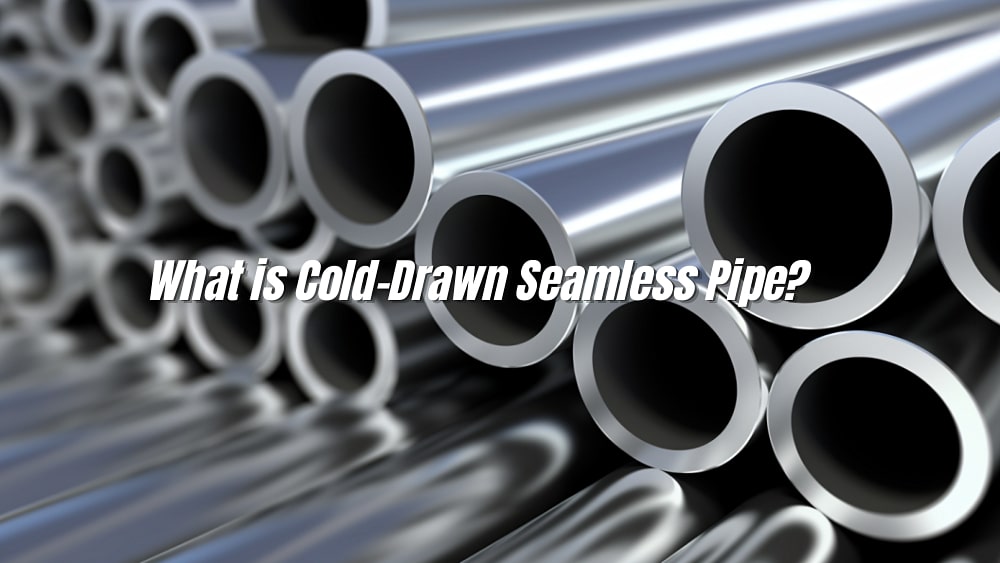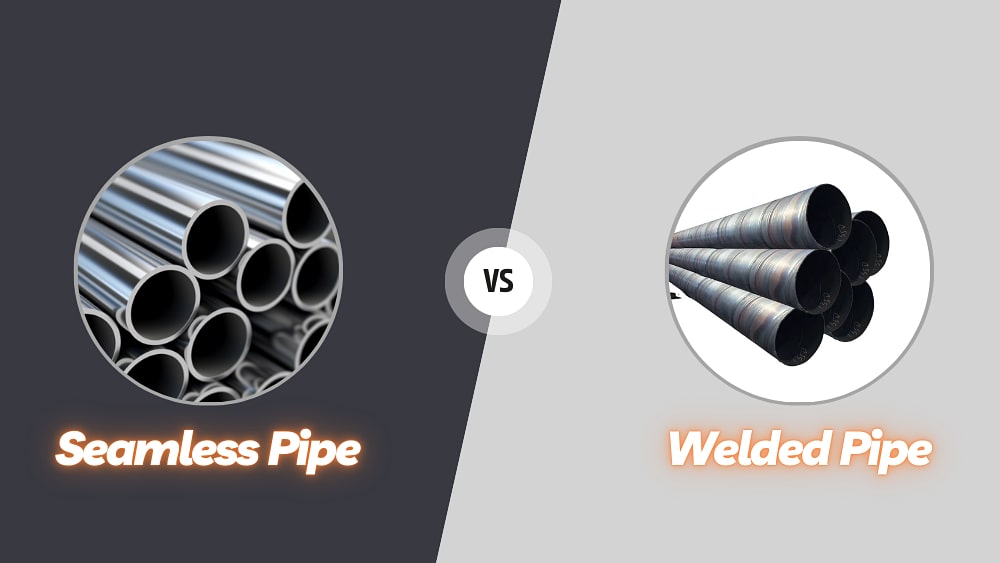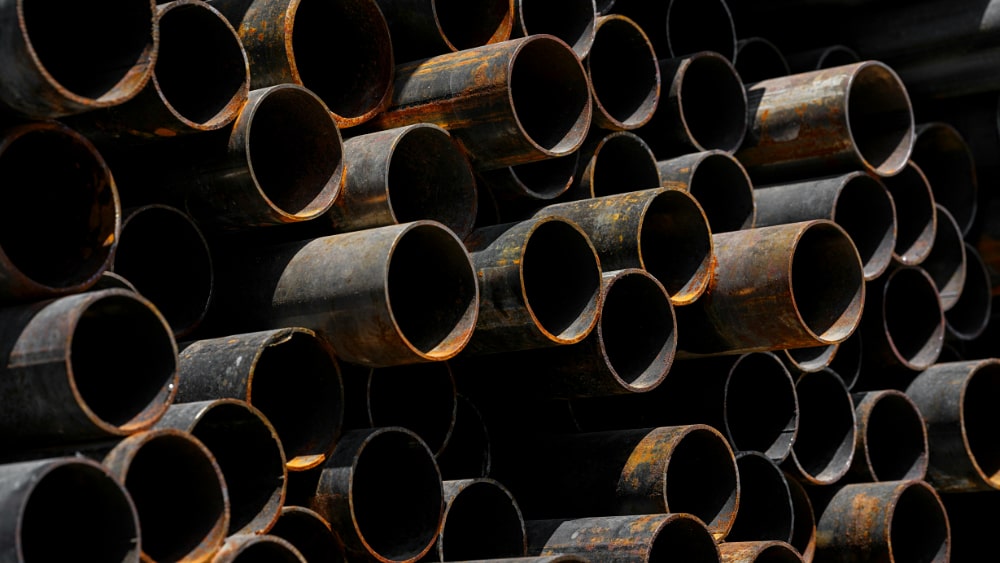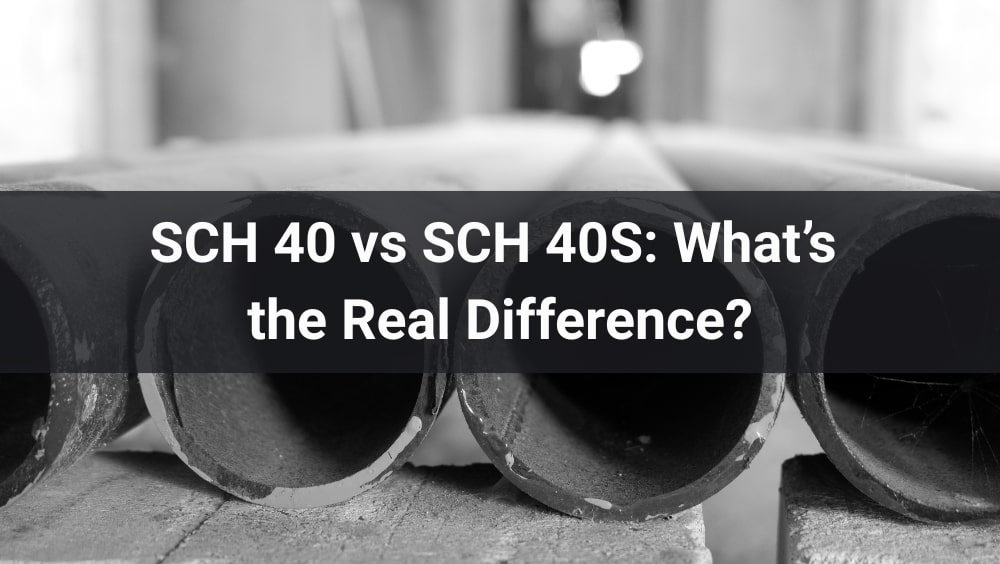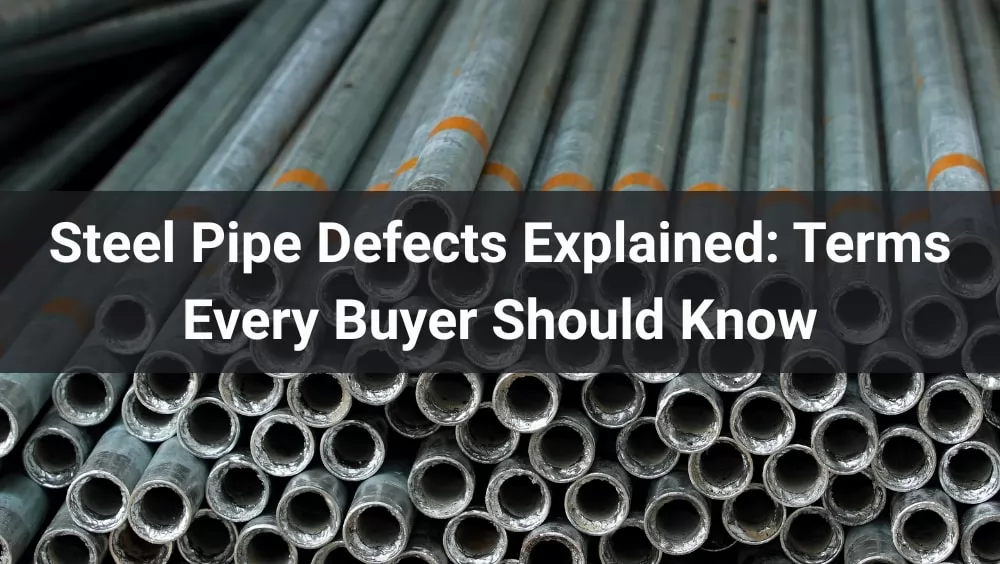
Steel pipes may look similar on the surface, but hidden defects can make or break a project. For buyers and procurement teams, understanding these flaws is crucial—not just for compliance, but for long-term performance and safety.
In this guide, we’ll walk you through the key defect types you’re most likely to encounter, what causes them, and why knowing the terminology can save time, money, and serious risk. If you’re sourcing pipes, reviewing a trusted range of certified products—such as those found on this product listing page—can also help minimize the risk of defects from the start.
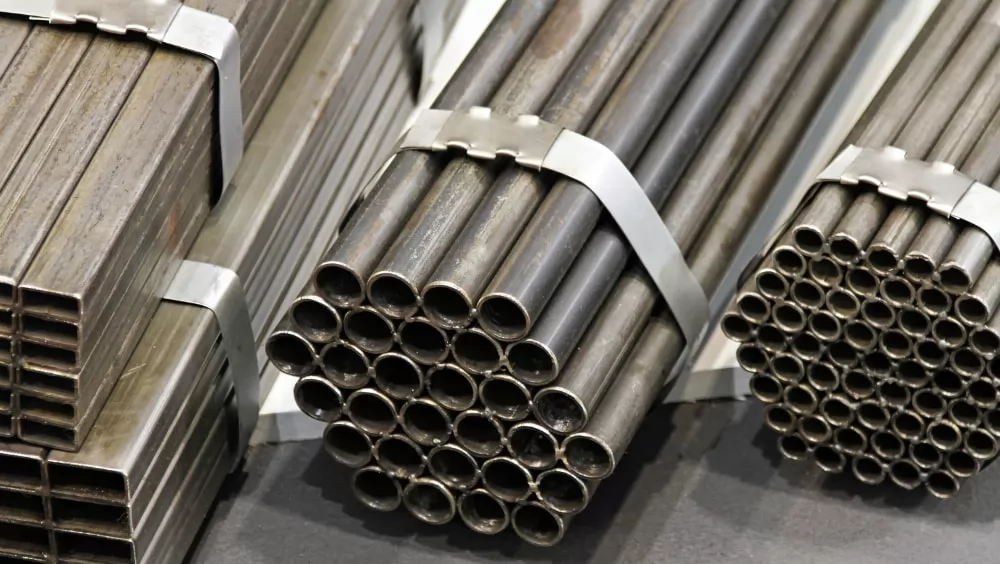
Steel pipe defects significantly impact safety, performance, and costs across industries. Flaws like cracks or corrosion weaken structural integrity, increasing risks of leaks or failures that can cause accidents and environmental damage. They also reduce operational efficiency and lead to expensive repairs or downtime. Detecting and managing these defects through quality control and regular inspections is crucial to ensure reliable, long-lasting pipe performance and protect both investments and safety.
During the manufacturing, processing, transportation, and usage of steel pipes, a variety of physical and chemical factors can lead to different types of defects. If not detected and controlled in time, these defects can cause serious quality issues, safety hazards, or even project failures. Below are 15 common steel pipe defects, explained in detail for procurement staff, quality inspectors, and engineers.
| Defect | Causes | Effects |
|---|---|---|
| Cracks | Improper heat treatment, residual stress, material fatigue. | Propagates under stress, risk of catastrophic failure. |
| Dents | Handling damage, transportation collision. | Stress concentration, flow inefficiency. |
| Corrosion | Exposure to corrosive environment. | Wall thinning, leakage, failure over time. |
| Rust | Unprotected surface in moist environments. | Weakens material, affects welding and coating. |
| Lamination | Raw material flaws, trapped slag or gas. | Reduced structural strength, may delaminate. |
| Inclusions | Impurities from smelting, slag remnants. | Brittleness, cracking, poor weldability. |
| Ovality | Uneven rolling or drawing. | Fit issues, sealing problems, leak risk. |
| Wall Thickness Variation | Uneven forming or heat treatment. | Stress imbalance, rupture risk. |
| Undercuts | Incorrect welding current, bad technique. | Weak welds, crack initiation. |
| Misalignment | Poor assembly, cutting errors. | Stress imbalance, sealing problems. |
| Pitting | Chloride exposure, marine environments. | Hard to detect, sudden wall failure. |
| Blisters | Gas/moisture during rolling or smelting. | Weak pressure resistance, affects coatings. |
| Scabs | Poor cleaning before rolling. | Peeling risk, difficult processing. |
| Seam Defects | Improper welding parameters. | Leakage, structural weakness. |
| Buckling | Thin walls, poor support, pressure difference. | Loss of structural integrity, failure under pressure. |
Cracks are one of the most common and severe structural defects in steel pipes, referring to discontinuous fractures on or inside the material, typically in longitudinal, transverse, or star-shaped patterns. They may be microscopic or visible to the eye, often occurring at welds, corners, ends, or areas with high residual stress. Cracks can expand quickly under stress and lead to catastrophic failure, especially in high-pressure or high-temperature environments.
Causes: Improper heat treatment, rapid cooling, accumulation of residual stress, material fatigue.
Effects: Easily propagates into fractures, posing serious risks especially in high-pressure or high-temperature environments.
Dents are localized, permanent deformations caused by external mechanical force, appearing as depressions on the pipe surface. They often occur during handling, stacking, or transport due to impact or compression. While visually detectable, dents can become stress concentration points and reduce the pipe’s flow efficiency and structural integrity.
Causes: Improper handling, collision during transportation, pressure during storage.
Effects: Affects appearance and strength, may cause local stress concentration and reduce fluid flow efficiency.
Corrosion refers to the degradation of metal due to chemical reactions with elements in the environment, such as moisture, oxygen, acids, or salts. It can be uniform or localized and may manifest as discoloration, pitting, or wall thinning. Corrosion severely affects the mechanical properties and can lead to leaks or structural failure over time.
Causes: Exposure to humid, corrosive gases or liquids.
Effects: Gradual wall thinning, potentially leading to perforation, leaks, or failure.
Rust is a visible form of corrosion that occurs when iron or steel reacts with oxygen and water, forming reddish-brown iron oxide. It often begins at exposed ends or scratched surfaces of carbon steel pipes. Over time, rust can penetrate deeper, weakening the material, affecting welding, coating adhesion, and reducing service life.
Causes: Unprotected metal surfaces exposed long-term to moist environments.
Effects: Reduces surface strength, affects welding quality and coating adhesion.
Lamination is an internal defect formed during rolling or forging, where non-metallic inclusions or trapped gases cause layer-like separations in the longitudinal direction. These layers are weakly bonded and may not be visible to the naked eye, requiring ultrasonic testing to detect. Lamination weakens the pipe structure and may lead to delamination under stress.
Causes: Entrapped inclusions in raw materials, looseness inside the ingot, or unmerged slag.
Effects: Weakens overall strength, limits welding and forming processes.
Inclusions are non-metallic particles, such as oxides or sulfides, trapped inside the steel matrix, usually introduced during melting or from slag impurities. They reduce mechanical strength, impair ductility, and may initiate cracks during welding or forming. High-grade steel pipes must strictly control inclusion levels via refined metallurgy and inspection.
Causes: Incomplete deoxidation during smelting or improper operations leaving impurities.
Effects: Causes local brittleness, welding defects, or cracking.
Ovality refers to the deviation of a pipe’s cross-section from a perfect circle, often caused by uneven rolling or die wear. Although not always visible, it is measurable by comparing maximum and minimum diameters. Excessive ovality affects joint fit, sealing performance, and may cause leakage or installation difficulty.
Causes: Uneven forces during cold drawing or rolling.
Effects: Affects sealing performance, increases assembly difficulty, or causes joint leaks.
Wall thickness variation is the inconsistency in thickness across different parts of the pipe, beyond allowed tolerance. It typically results from uneven forming pressure or poor heat treatment control. This defect causes uneven stress distribution, making certain areas more prone to rupture or deformation under pressure.
Causes: Uneven forming pressure, inconsistent heat treatment.
Effects: Uneven stress distribution, making local weak points more prone to rupture.
Undercuts are groove-like defects along the edge of a weld, created when the arc melts the base material excessively without proper fill. They are caused by incorrect welding current or poor technique. Undercuts compromise weld strength and increase the likelihood of crack initiation in high-stress areas.
Causes: Incorrect welding current or poor technique.
Effects: Causes stress concentration, reduces weld strength, and increases crack risk.
Misalignment occurs when two pipe sections are not aligned during welding, resulting in offset joints. This can be axial or radial and is often due to inaccurate assembly or cutting. Misalignment causes internal stress concentration, turbulence in fluid systems, and poor sealing, especially critical in pressure pipelines.
Causes: Poor assembly practices or inaccurate positioning.
Effects: Causes internal stress imbalance, affects overall stability and sealing.
Pitting is a localized corrosion form that results in small but deep holes on the pipe surface. It often occurs in stainless steel or copper alloys exposed to chloride-rich environments. Pits are hard to detect visually but can quickly penetrate the wall and lead to sudden failure, requiring electrochemical or magnified inspection.
Causes: Exposure to chloride water, marine environments, or acidic substances.
Effects: Difficult to detect, may quickly penetrate the pipe wall causing sudden leaks.
Blisters are raised, bubble-like surface defects caused by trapped gas or moisture expanding during heating or rolling. Although they may appear minor, they contain cavities that reduce pressure resistance and may rupture during welding or forming. Common in hot-rolled or continuous casting processes.
Causes: Gas trapped during smelting or moisture inclusion.
Effects: Weakens local pressure resistance, affects coating adhesion.
Scabs are irregular surface projections formed by metal splash or oxide scale not removed before rolling. They appear as raised lumps and are loosely attached, making them prone to flaking and exposing unprotected metal. Scabs affect surface finishing, coating adhesion, and welding quality.
Causes: Surface contamination or inadequate cleaning during casting or rolling.
Effects: Makes further processing difficult, may cause peeling or cracking.
Seam defects are a group of welding imperfections such as cracks, porosity, slag inclusion, lack of fusion, or underfill. These defects can occur at the weld centerline, edges, or root, often due to improper welding parameters. They weaken joint strength and are a leading cause of premature leakage or failure.
Causes: Improper welding current, speed, or shielding gas flow control.
Effects: Weak weld joints prone to cracking or leakage during use.
Buckling refers to sudden wave-like deformation in a pipe under axial compressive force. It typically occurs due to insufficient wall thickness, improper support spacing, or internal vacuum. Once buckled, a pipe loses its load-bearing capacity and cannot return to its original shape, requiring replacement or structural correction.
Causes: Insufficient wall thickness, uneven support spacing, or large internal/external pressure differences.
Effects: Reduced structural stability, can cause instant failure especially under high pressure.

1. Visual Inspection
Visual inspection is the most basic and cost-effective method for detecting obvious surface defects such as dents, cracks, and corrosion. It is widely used for quick assessments but has limitations, as it cannot identify internal flaws or hidden problems beneath the surface.
2. Ultrasonic Testing (UT)
Ultrasonic testing employs high-frequency sound waves to detect internal defects within steel pipes. This non-destructive method is effective in identifying delaminations, inclusions, and internal cracks, making it suitable for both online production monitoring and field inspections.
3. Radiographic Testing (RT)
Radiographic testing uses X-rays or gamma rays to inspect the internal structure of steel pipes. It offers high precision in detecting weld quality issues, internal porosity, and inclusions. However, it requires specialized equipment and trained operators, making it more expensive than other methods.
4. Magnetic Particle Testing (MT)
Magnetic particle testing is ideal for detecting surface and near-surface cracks in ferromagnetic materials. The method involves applying magnetic particles that accumulate at defect locations, visually revealing the presence and position of flaws, and is primarily used for steel materials.
5. Other Methods
Additional inspection techniques include Eddy Current Testing, which uses electromagnetic induction to find surface and subsurface defects, and Hydrostatic Testing, which evaluates the pipe’s pressure-bearing capacity by filling it with water and pressurizing it to check for leaks or weaknesses.
Prioritize suppliers with recognized certifications and a strong reputation in the steel pipe industry. Verify their production processes and quality management systems, such as ISO 9001 certification, to ensure they follow strict quality controls. Checking customer reviews and industry references can also help confirm reliability.

Ask suppliers to provide comprehensive third-party inspection reports that comply with industry standards like API, ASTM, or ISO. These reports should detail the inspection scope, defect evaluation criteria, and any retesting performed. Reviewing this documentation helps verify that the pipes meet the required quality benchmarks before purchase.
Clearly specify all technical requirements in the purchase contract, including applicable standards, allowed defect types, and maximum permissible limits. This should cover dimensions, wall thickness tolerances, mechanical properties, surface finish, and other critical parameters to avoid ambiguity and ensure the supplier understands your quality expectations.
Request sample pipes for thorough testing either onsite or in a certified laboratory. Evaluating these samples’ quality gives a direct indication of the supplier’s manufacturing consistency and product standards, helping you avoid large orders of substandard materials.
For long-term supplier relationships, conduct regular factory audits and on-site inspections to monitor production processes and quality control measures. This proactive approach can prevent issues like shortcuts or quality degradation, ensuring that only compliant steel pipes reach your project.
Clarify the procedures for returning defective products and the responsibilities of each party in the event of quality issues. Having transparent warranty terms and clear liability divisions protects your investment and enables efficient resolution if defects are discovered after delivery.
Steel pipe defects aren’t just a manufacturing concern—they're your concern. Knowing how to spot and avoid them puts you in control of quality, cost, and project success.
At Dexin, we take defects seriously. With strict quality standards and reliable documentation, we help ensure you get exactly what you pay for—no compromises, no surprises.
Your Name*
Your Email*
